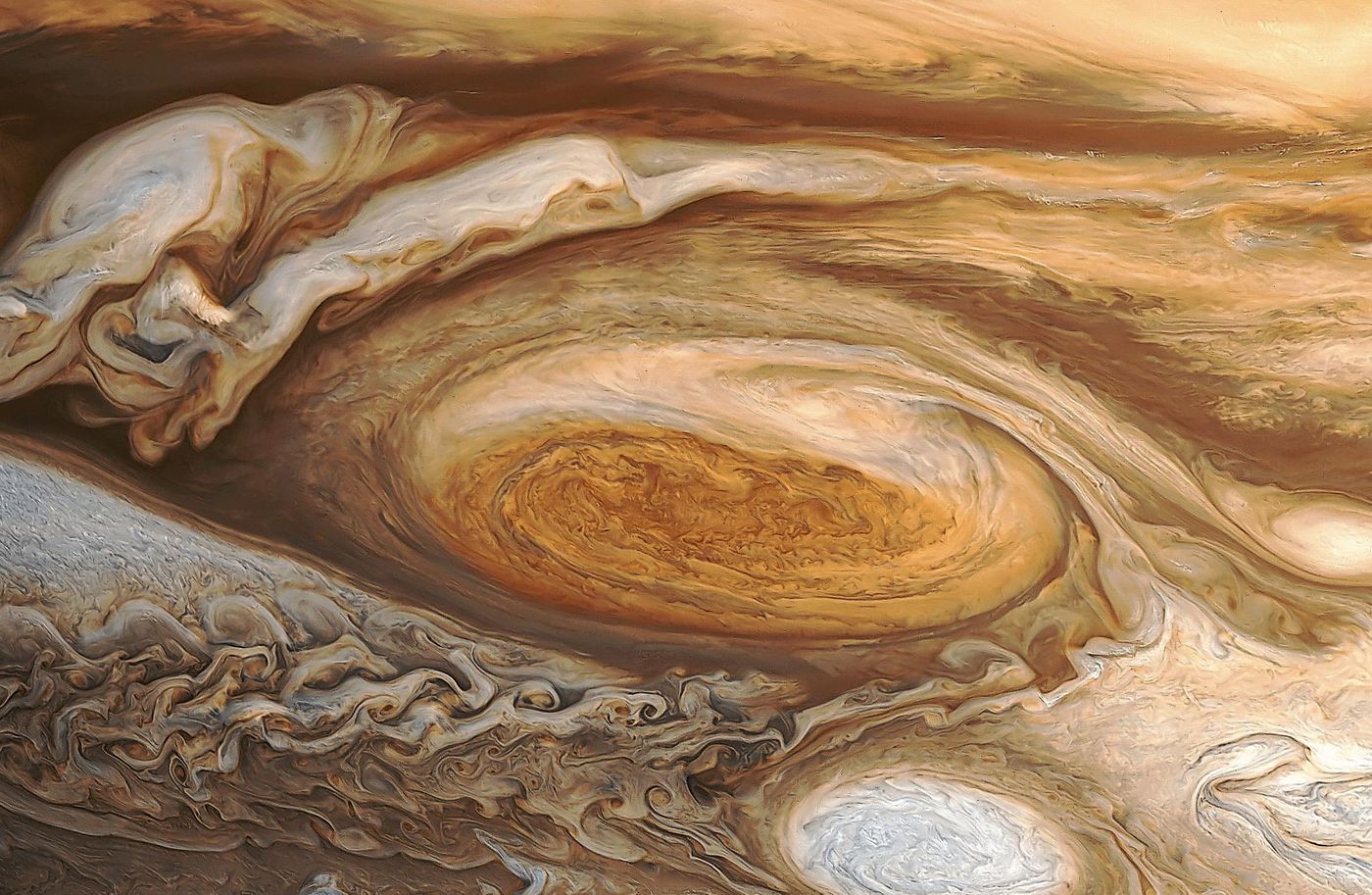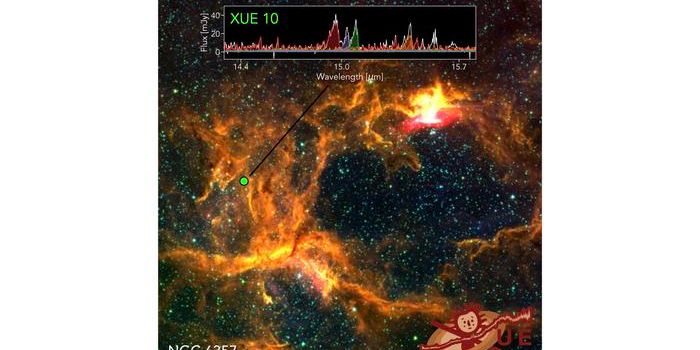Jupiter's Atmosphere is Heated Up by its Great Red Spot
Jupiter is rather distant from the Sun, found on the opposite side of the Asteroid Belt than our Solar System’s inner-most planets, and as a result, the planet’s clouds are pretty chilly at about -234º Fahreheit on average.
Despite how chilly it gets in Jupiter’s atmosphere, it should theoretically be a lot colder than it actually is, and scientists think they know where the extra heat is being generated. Interestingly, this seems to be a common quality for gassy planets.
The key may lie in the planet’s mysterious Great Red Spot, which is a long-lasting storm that is several times more powerful than a hurricane is here on Earth.

Image Credit: NASA
The findings of the study are published in Nature.
The key piece of information that was discovered was how the temperatures seemed to be much warmer in Jupiter’s atmosphere just above the Great Red Spot when compared to other places on the planet. Since the planet makes a revolution every 10 hours, it was very easy for scientists to sit back and observe the planet’s atmosphere from different sides to compare.
Scientists use infrared visual equipment to measure a planet’s temperature. This equipment uses invisible light spectrums and gives us a pretty accurate temperature reading of whatever we point it at.
“With solar heating from above ruled out, we designed observations to map the heat distribution over the entire planet in search for any temperature anomalies that might yield clues as to where the energy is coming from,” explained Dr. James O’Donoghue, research scientist at BU, and lead author of the study.
“We could see almost immediately that our maximum temperatures at high altitudes were above the Great Red Spot far below–a weird coincidence or a major clue?”
The Great Red Spot, although similar to a hurricane here on Earth, it a lot more powerful. The storm has been observed for centuries, and its size is up to three times that of the diameter of our entire planet.
The molecules from swirling gasses generate a lot of friction while they swirl against other molecules in the planet’s atmosphere, and friction is a source of heat energy. With so much power, the storm generates fiction and heat, and a lot of it. The heat generated from the Great Red Spot is up to 700º Fahrenheit warmer than the surrounding temperatures in the planet's atmosphere.
Since heat rises, it makes sense that the heat would actually make itself up into the atmosphere of the planet, and because gravity keeps the heated-up molecules within the planet’s gravitational bubble, it keeps the planet’s atmosphere warmer as a result.
“Energy transfer to the upper atmosphere from below has been simulated for planetary atmospheres, but not yet backed up by observations,” O’Donoghue said. “The extremely high temperatures observed above the storm appear to be the ‘smoking gun’ of this energy transfer, indicating that planet-wide heating is a plausible explanation for the ‘energy crisis.'”
It’s important to understand where exactly these planets source their heat from, as there are a lot of Jupiter’ like exoplanets out there that we are trying to learn from. By studying the younger ones that we find, we can better understand how Jupiter formed.
Source: Boston University, Space.com








